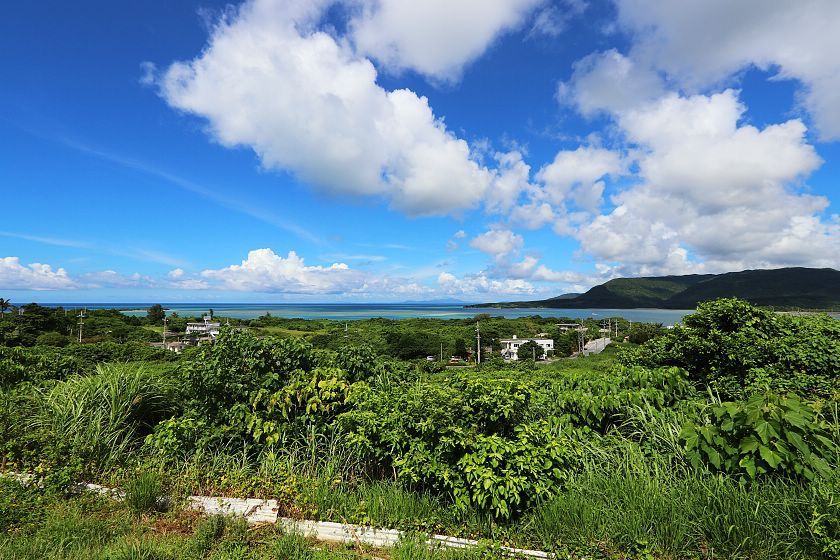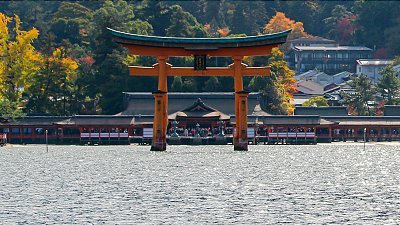Wild Japan
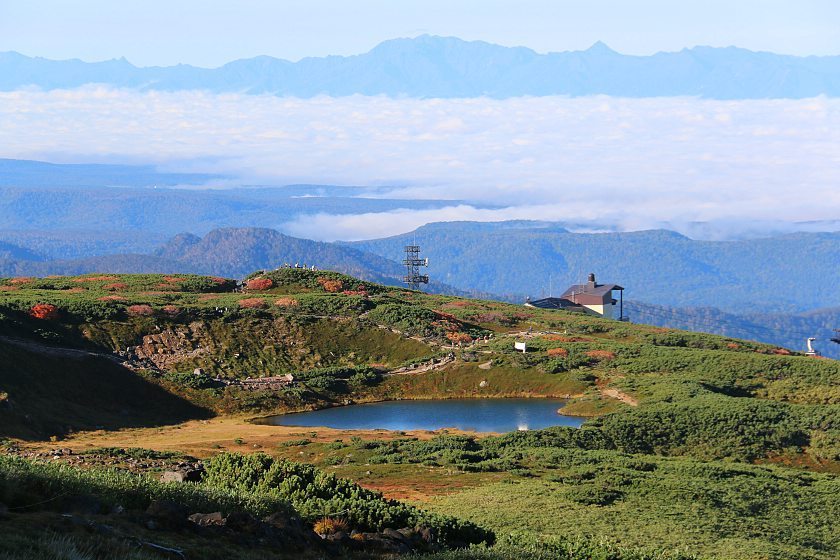
Despite being best known for its modern cities and cultural heritage, no trip to Japan would be complete without at least a glimpse of its natural scenery or the incredible range of wildlife it supports. While it would be the work of a lifetime to fully experience it all, even a short trip may give you the time for one of the following five highlights:
Karuizawa
Located just over an hour from Tokyo by shinkansen, the resort town of Karuizawa is surrounded by woods supporting as many as 80 species of wild bird, monkeys and black bear. Based at the Karuizawa National Bird Sanctuary, the conservationist organization Picchio offers birdwatching experiences, as well as tours focused on rare mammals like the Japanese serow and giant flying squirrel.
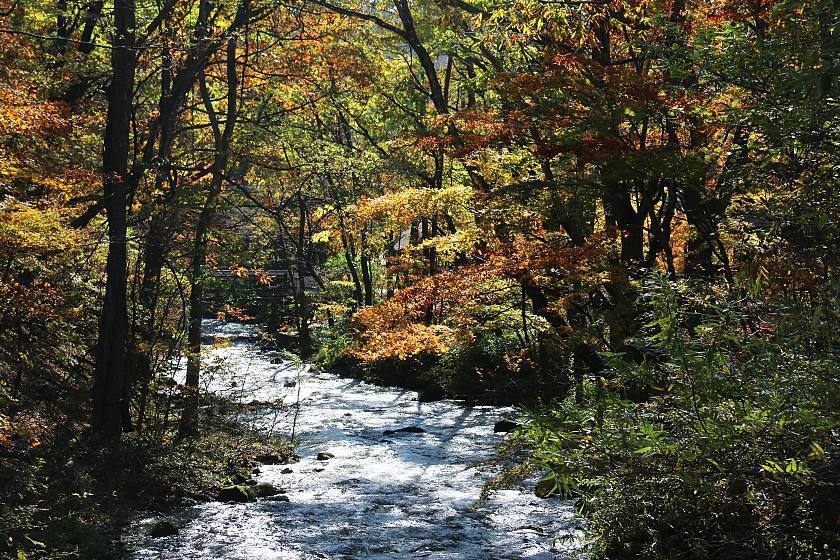
Tottori
One of Japan's most fascinating yet lesser-known species, the giant Japanese salamander can grow to up to a meter and a half in length and has an extraordinary lifespan of up to 100 years. With populations continuing to decline due to loss of habitats, efforts to study and conserve these amazing animals have centered on the remote area of Nichinan in Tottori Prefecture, where thick forest and clear, oxygen-rich rivers provide an ideal environment. In return for a donation, visitors can observe the animals and assist in measuring and recording vital data.
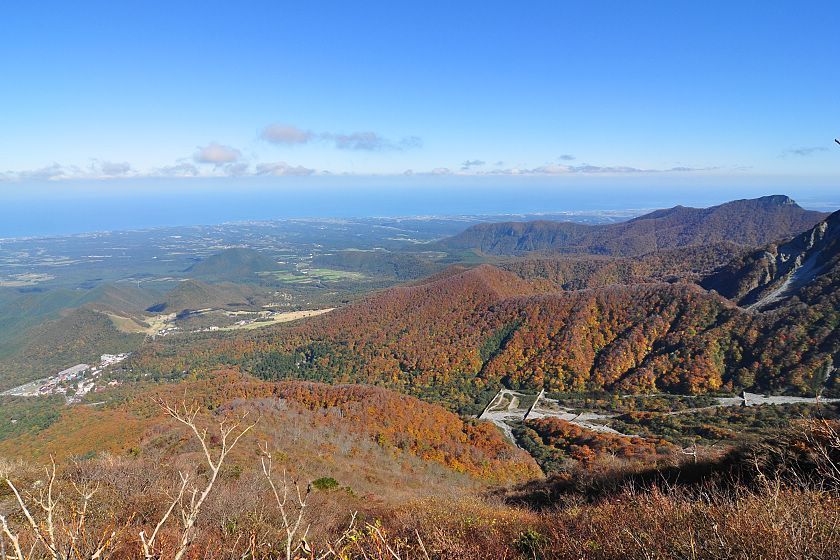
Hokkaido
With huge areas of untouched wilderness and an incredible range of ecosystems, Japan's northernmost island is a paradise for nature lovers. Especially celebrated for their stately courtship display, red-crowned cranes were once hunted to the brink of extinction but are now recovering due to painstaking conservation efforts, and draw visitors in large numbers to the Kushiro Marshlands where they gather in winter. The eastern side of Hokkaido is also the easiest place to see Steller's Sea Eagles, often called the world's most magnificent birds of prey. Another extraordinary species, the Blakiston's Fish Owl, can be seen at a handful of locations in Hokkaido, most reliably near the town of Rausu.
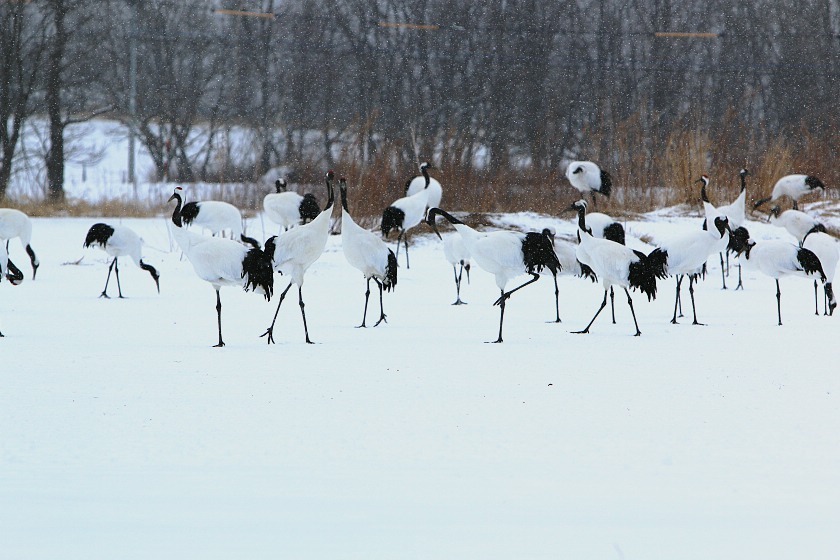
Yakushima
Located 60 km from the southernmost tip of Kyushu, the sub-tropical island of Yakushima is almost entirely covered with forest, including Japan's oldest living trees. In addition to spectacular forest views, visitors can also see a number of species unique to the island including deer and macaques, both slightly smaller than their mainland counterparts.
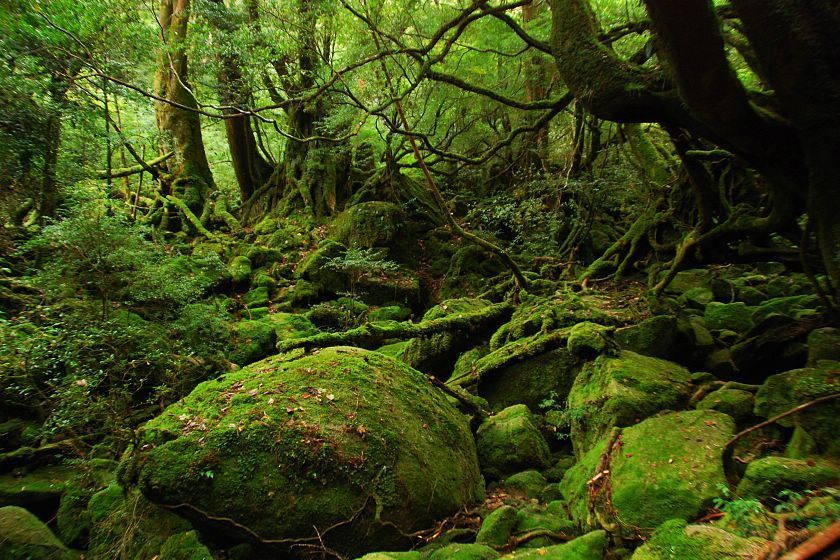
Okinawa
To the far south, the near-tropical islands of Okinawa are home to an incredible range of land and ocean wildlife. Sea turtles can be found throughout, but are most common on the outer islands, especially in the spectacular clear waters around Miyakojima. Visitors to the remote and jungle-covered island of Iriomote may be lucky enough to catch a glimpse of the critically endangered Iriomote wildcat, no larger than a domestic cat but a close relative of the leopard. These amazing felines can be identified by faint stripes and rounded ears, and have adapted to their environment by learning to love the water. Perhaps most spectacularly of all, diving at the coral reefs close to Ishigaki and the Kerama Islands can reveal an incredible array of marine life from reef manta to whale sharks.
